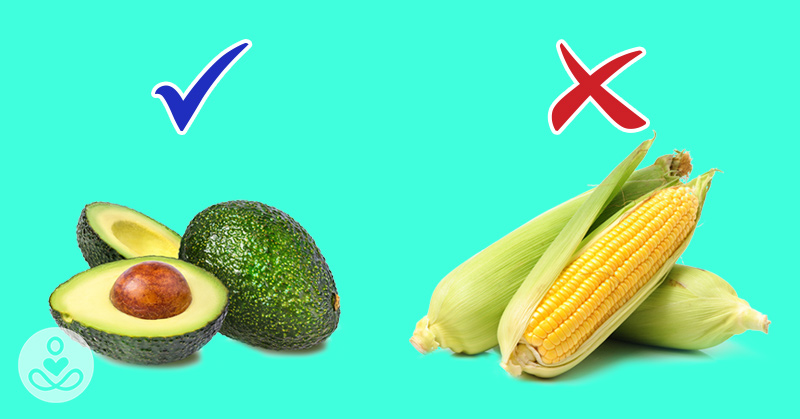LCHF is a relatively new term to the diet industry, but in reality, the principle is nothing new. The LCHF Diet incorporate both the Atkins and Ketogenic diets which have been around since the 1970’s and 1920’s, respectively.
LCHF (low carbohydrate, high fat) Diets are extremely popular for weight loss, but additional health benefits can be achieved as well. These benefits can range from improvements in type-2 diabetes to improvements in cardiovascular disease risk factors.[i] If ketosis is achieved through an LCHF Diet, then even more health benefits can occur such as improvements in early onset Alzheimer’s and neurological disorders.
While both the Atkins and Ketogenic diets are LCHF, doing an LCHF Diet does not necessarily mean you are doing either one of these diets. Does that confuse you? Let’s clear up exactly what an LCHF Diet is.
What’s an LCHF Diet?

LCHF is a general term that involves the lowering of carbs and replacing those carbohydrates with fat. Protein can also be increased, but in general, fat will make up the void where carbohydrates were removed.
The lowering of carbohydrates could be as simple as lowering them to 100 grams per day down from the 275 grams per day in a typical 2000 calorie Western diet. 100 grams is not necessarily the lower limit: carbohydrates could be lowered to 50 or even 20 grams.
A LCHF Atkin’s diet is more specific on the amount of carbohydrates. Usually, during the initial phases of the Atkin’s diet, carbohydrates are limited to 15-20 grams.[ii] However, protein is not limited during Atkins. So while the carb consumption is specific and it is high fat, it can also be high protein. After the initial 2 weeks of the diet, carbohydrates are gradually increased.
Read More: Menopause diet: 5 Things Every Woman Needs to Know About Menopause
What’s the Difference Between the LCHF and the Ketogenic Diet?
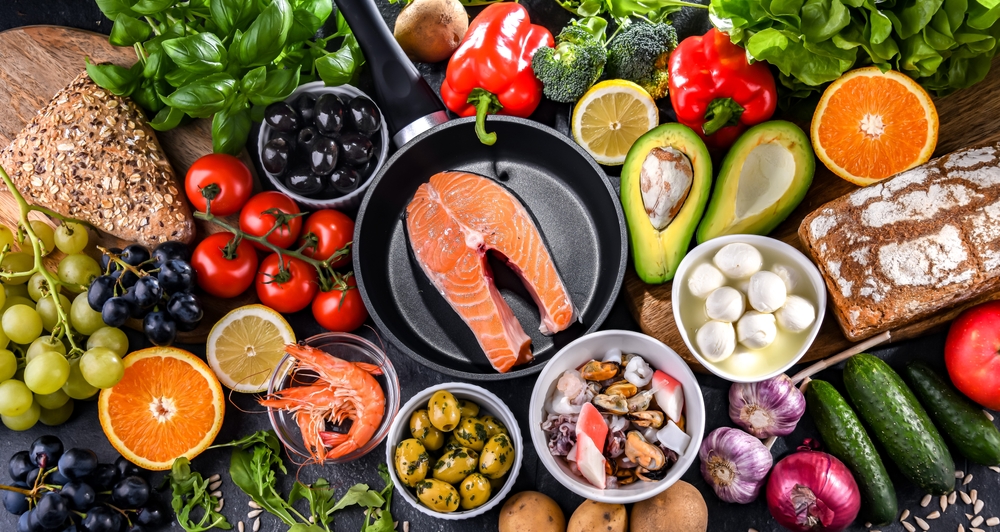
In comparison, a Ketogenic Diet is very specific to all of the macronutrients because the purpose of the diet is to induce a state of ketosis, which relies on low carbs and only moderate protein. To do this, beginners usually limit their daily net carbohydrates to 20 grams.
A good rule of thumb for the ketogenic diet is to eat 75% fat, 20% protein and 5% carbohydrates.[iii] However, each individual’s macronutrients should really be calculated with a tool to get the most benefits that come from ketosis.
The great part of an LCHF Diet is that it is not as restrictive as either Atkins or Keto. Health benefits, such as weight loss and improvements in type-2 diabetes, can be realized by simply limiting carbohydrates without having to be extremely strict with macronutrients.
How to Use the LCHF Diet for Weight Loss
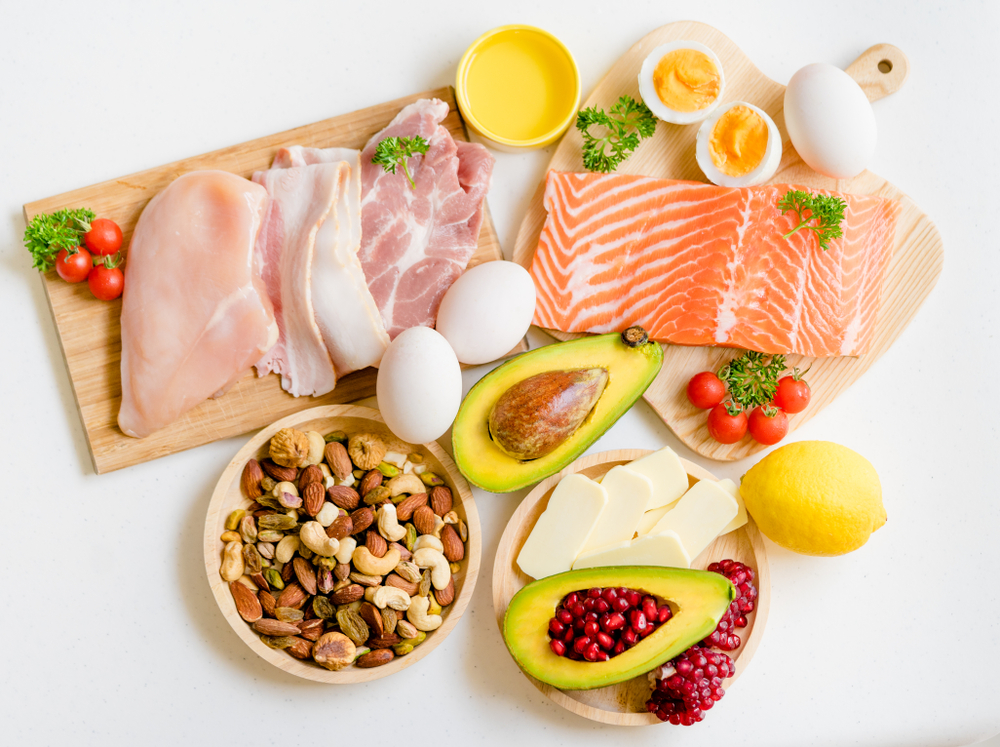
An LCHF Diet is great for weight loss, and several studies have proved this. Firstly, reducing carb intake leads to good changes in the body like steadier blood glucose and therefore, increased insulin sensitivity.[iv] Not only does this reduce your risk for type-2 diabetes, but it also helps with the hunger that typically follows a low-calorie diet required for weight loss.
A lowering of insulin means that less fat is immediately stored as energy, and your body will more readily use fat for energy. It also increases satiety hormones leptin and reduces hunger hormones ghrelin.[v] If you are smart about an LCHF Diet by incorporating the right amount of protein and high fiber foods, your satiety and fullness will be increased.
Because of LCHF Diet, in general, is easier than restrictive LCHF Diets, it is easier to maintain weight loss in the long run. Limiting carbohydrates to 100 grams a day after weight loss has been achieved is much more manageable than restricting carbohydrates to 20 grams a day for long term.
List of Foods You Can Eat on the LCHF Diet
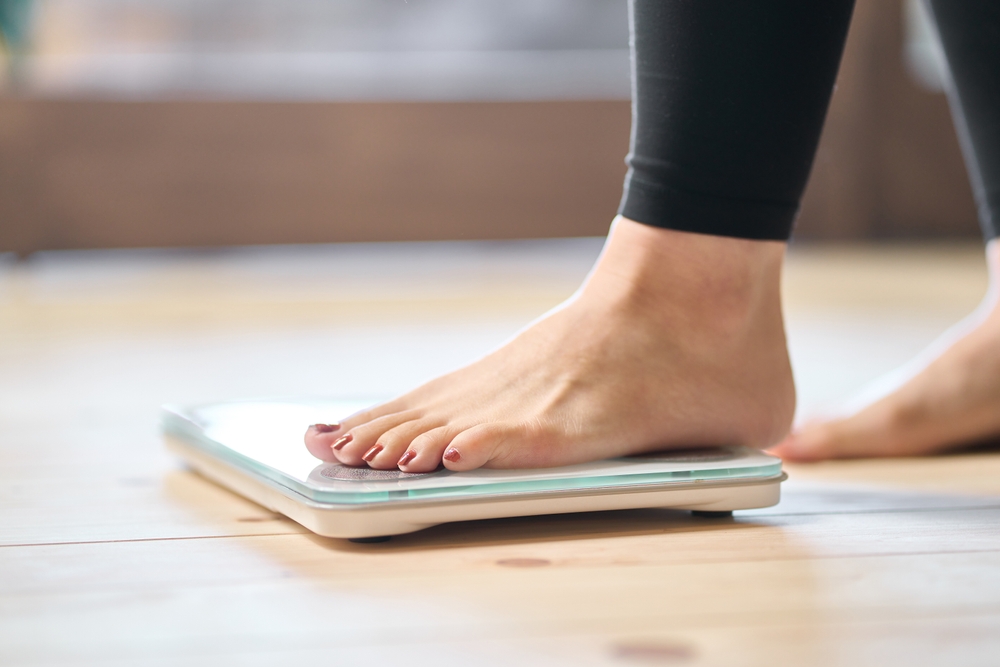
An LCHF Diet is usually very difficult for people to adjust to. Most people were taught that fat is bad, so they are reluctant to add it to their food. It’s time for a mental adjustment! On an LCHF diet, you will be bringing in a lot of healthy fats. And this does not mean you should start eating bacon nonstop. While bacon is allowed, you should eat healthy sources of fat.
Health sources of fat include a variety of fats, from polyunsaturated fats to some monounsaturated fats, and even some saturated fats. Below is a list of the most common fatty foods you can incorporate on an LCHF Diet:
- Avocados
- Olives, black and green
- Low carb nuts: almonds, pecans, walnuts, macadamia nuts, peanuts and cashews
- Unsweetened coconut and unsweetened high fat coconut milk
- Organic dairy (ie, full-fat cheese, heavy cream, sour cream etc)
- Butter, ghee
- Extra virgin olive oil
- Virgin coconut oil
- Avocado oil
Read More: 17 Foods High in Magnesium You NEED in Your Diet (see list)
List of Foods to Avoid on the LCHF Diet
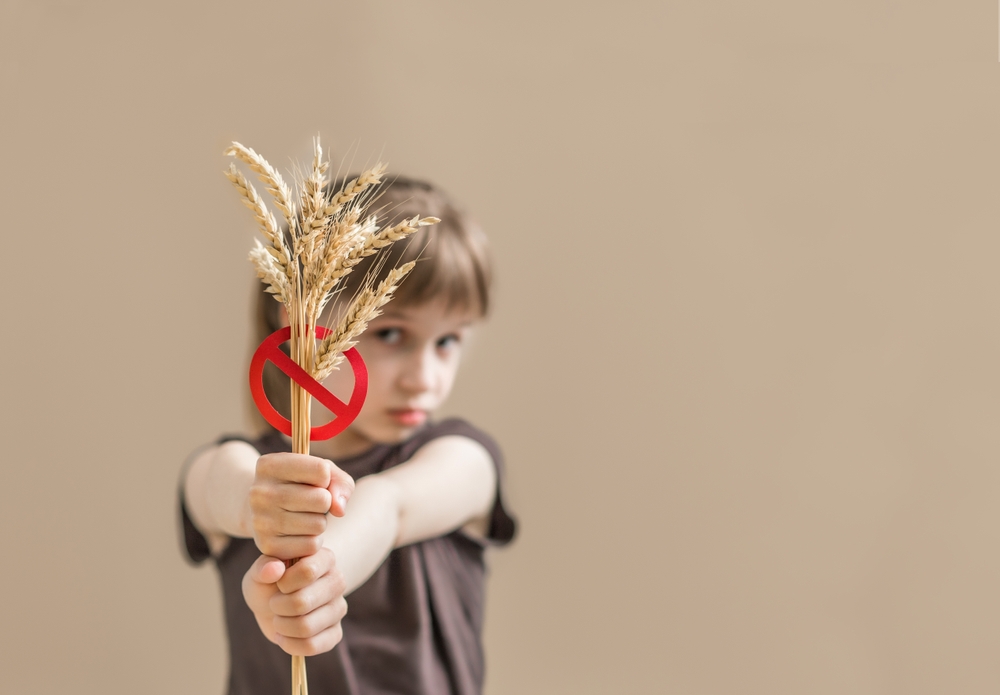
On an LCHF diet, you will avoid any high carbohydrate foods that do not fall into your allotted grams of daily carbohydrates. For each diet, this is a different number, and depending on how high your carbohydrate limit is, some foods may be allowed for some people, but not others.
For example, usually fruit is restricted from an LCHF Diet; however, berries can be permitted in moderation because they are somewhat low carb and contain high fiber. Fiber is important because it slows digestion and therefore slows the release of sugar into the bloodstream, thereby creating smaller blood sugar spikes. Keep in mind that if your personal carb limit on an LCHF Diet is 100 grams, you will be allowed to bring in more low glycemic fruit and vegetables than people on a ketogenic diet.
Below is a list of common foods to avoid on an LCHF Diet:
- Grains: wheat, rice, quinoa etc
- Starchy vegetables: corn and potatoes
- Most fruits except berries in moderation and avocados
- High carb vegetables
- Desserts including candy, cakes, cookies
- Sugary beverages including pop or fruit juice
- Snack foods: chips or granola bars
Side Effects of the LCHF Diet

Almost any change in eating can cause side effects. However, if you’re aware of possible side effects before starting a diet, they can usually be avoided. An LCHF Diet can definitely have side effects.
When reducing carbohydrates and increasing fat, you are purposefully making changes to your diet that could affect your digestion. Reducing carbohydrates could lead to constipation because you may no longer be getting enough fiber. However, it is completely possible to get enough fiber by eating low carb vegetables and supplementing with no sugar added fibers like psyllium husk fiber.
Increasing fat can cause its own problem of diarrhea. Your digestive tract is not used to high fat, so high amounts at once can cause loose stools. You can prevent this by eating other foods with fat, as well as slowly getting your body used to more and more fat instead of introducing an LCHF Diet all of a sudden.
In addition to digestive symptoms, an LCHF Diet can cause side effects[vi] such as:
- headaches
- dehydration
- constipation
- back pain
- insomnia
- low-grade acidosis
- kidney stones (rare, but possible)
If you are on an LCHF Ketogenic diet, there are a well-known group of side effects called the keto flu that can occur at the beginning of the diet; however, just as with a regular LCHF Diet, these symptoms are avoidable if managed properly.
A Few More Things…

An LCHF Diet, in general, can be much easier than LCHF Ketogenic or Atkins diets. It is a great place to start if you would like to try a Ketogenic or Atkins diet, but are not ready to give up quite as many carbs or you are not ready to track all of what you are eating.
An LCHF Diet is great for people that need to control blood sugar and cravings to sustain a reduced calorie diet long term. Depending on your personal carbohydrate limit, you may be allowed to eat fruit that you wouldn’t otherwise be able to eat on a ketogenic or Atkins diet. This can be a game changer for people who want to go low-carb, but can’t give up everything they love to eat.
Keep in mind that depending on your carbohydrate limit, you may not get your body into ketosis like on the ketogenic diet. However, because a ketogenic diet can be so restrictive, it can be difficult for people to maintain. if you can maintain an LCHF Diet better, then it will be better for you in the long run.
In the end, a LCHF Diet is a great, sustainable way to get benefits of lowering carbohydrates.

Read More: Fodmaps Diet: If Chronic Bloating or IBS Is Ruining Your Life, Try This
Sources
- [i] https://www.nature.com/articles/ejcn2013116
- [ii] https://www.encyclopedia.com/medicine/divisions-diagnostics-and-procedures/medicine/atkins-diet
- [iv] https://www.nature.com/articles/ejcn2013116
- [v] https://www.ncbi.nlm.nih.gov/pubmed/23632752
- [vi] https://www.ncbi.nlm.nih.gov/pmc/articles/PMC2633336/
